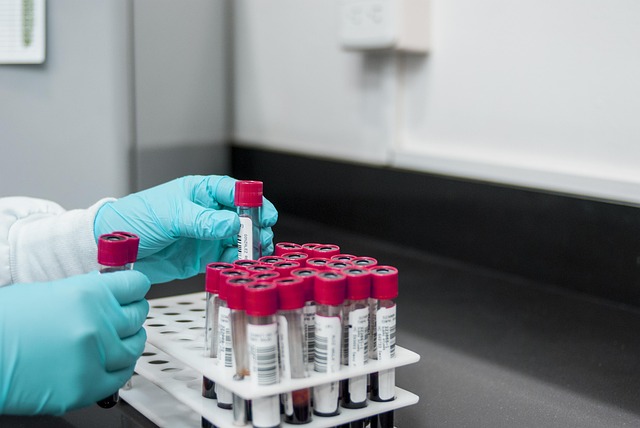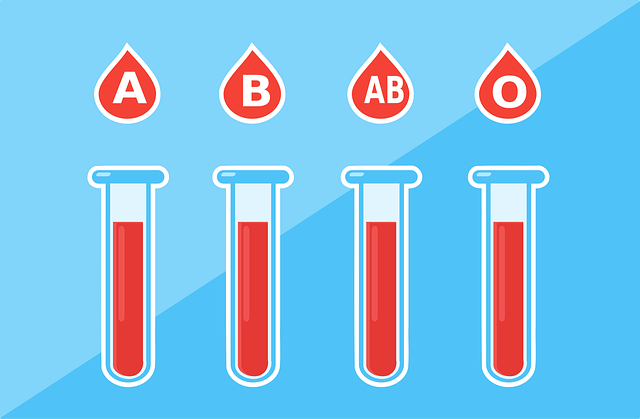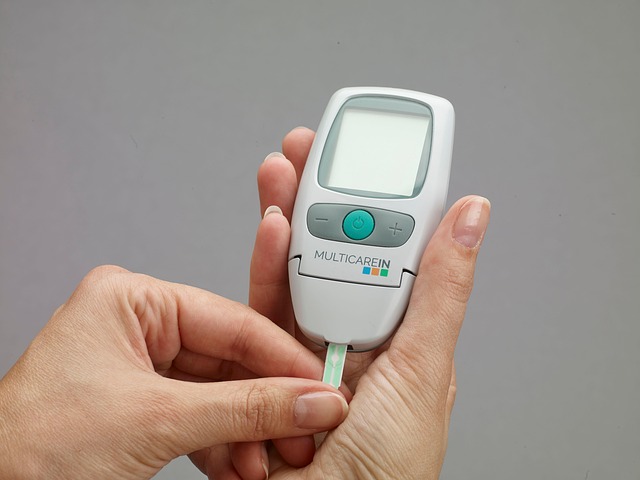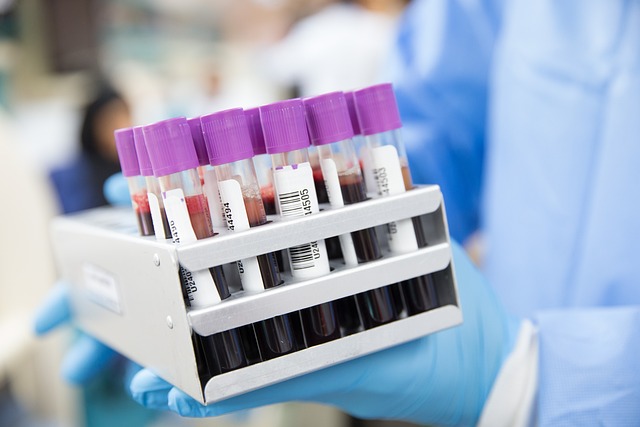UK residents can conveniently test for iron deficiency anemia at home using simple testing kits. After taking a blood sample, results are analyzed within days, eliminating need for medical facility visits. Understanding hemoglobin (Hb), haematocrit (Hct), and ferritin levels is crucial for detecting and managing potential issues. Normal ranges may vary; consult healthcare provider for interpretation based on personal history.
Detecting iron deficiency anemia, a common yet serious condition, is now more accessible than ever with UK blood tests at home. This convenient option allows individuals to take control of their health by assessing iron levels in the comfort of their homes. The article explores understanding this type of anemia, the process of ordering and conducting at-home blood tests in the UK, and interpreting crucial results. By familiarizing yourself with these steps, you can ensure prompt identification and management of iron deficiency anemia.
Understanding Iron Deficiency Anemia

Iron deficiency anemia is a common blood disorder where the body doesn’t have enough healthy red blood cells to carry adequate oxygen to the body’s tissues. This condition occurs when there is a lack of iron, an essential mineral that plays a vital role in producing hemoglobin, the protein responsible for transporting oxygen in our blood. In the UK, it’s estimated that many people may not even know they have this condition due to subtle symptoms.
A home blood test can be a convenient way to check for iron deficiency anemia. These tests allow individuals to monitor their health discreetly and early detection is key. By identifying low iron levels through a simple at-home UK blood test, individuals can take proactive steps to manage their health effectively.
UK Blood Tests at Home: Options and Process

In the UK, individuals now have the option to conduct blood tests for iron deficiency anaemia in the comfort of their own homes. This convenient approach, often referred to as a UK blood test at home, is becoming increasingly popular due to its accessibility and ease. The process typically involves ordering a testing kit online or through a healthcare provider, which includes all necessary materials for collecting a small sample of blood. Once the sample is taken, it’s returned to a laboratory for analysis, providing results within days.
This at-home method streamlines the diagnostic process, eliminating the need for visits to medical facilities. It’s particularly beneficial for those with busy schedules or individuals who experience anxiety related to medical procedures. Moreover, home blood tests offer privacy and convenience, ensuring that iron deficiency anaemia can be detected and addressed promptly without the usual barriers of traditional healthcare settings.
Interpreting Results: What Do the Numbers Mean?

When it comes to interpreting your iron deficiency anemia blood test results, understanding the numbers is key. Your report will typically include several key measurements: haemoglobin (Hb), haematocrit (Hct), and ferritin levels. Haemoglobin is a protein in red blood cells that carries oxygen around your body; a low level can indicate anemia. Haematocrit measures the percentage of red blood cells in your blood, while ferritin is a protein that stores iron in your body – low levels suggest iron deficiency.
In the UK, home blood tests are becoming increasingly popular for early detection of conditions like iron deficiency anemia. These tests provide a convenient way to check your iron levels and identify potential issues. Remember, what’s considered normal can vary slightly between laboratories, so discuss any concerns with your healthcare provider who can interpret your results in the context of your medical history.
Iron deficiency anemia is a common yet manageable condition, and early detection through UK blood tests at home can be a game-changer. By understanding the symptoms and utilizing accessible resources like home testing kits, individuals can take proactive steps to manage their health. Interpreting blood results accurately is key; elevated or decreased levels of hemoglobin and red blood cells can indicate anemia, prompting timely treatment. With simple at-home options available in the UK, navigating this process is more convenient than ever, empowering folks to monitor their overall well-being.
